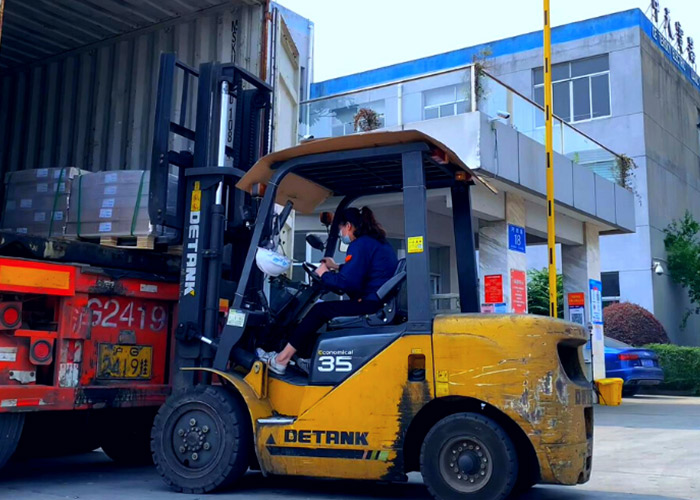EI laminations, named for their “E” and “I” shapes, are vital in electromagnetic devices for optimizing magnetic flux and energy transfer. Crafted from 0.35–0.5 mm silicon steel sheets, their stacked structure with insulated layers minimizes eddy current losses, a key factor in device efficiency.
How They Work
When AC flows through a winding, EI cores—with high magnetic permeability—channel alternating magnetic fields. This induces voltage in secondary windings per Faraday’s law, ensuring efficient energy transfer with minimal flux leakage. The laminated design prevents conductive loops, reducing heat loss and boosting performance.
Material & Manufacturing
Silicon steel (2–4% Si) is preferred for its high permeability and low resistivity, balancing flux transfer and eddy current reduction. Manufacturing involves:
1. Cutting/Stamping: Precision dies form “E”/”I” shapes from silicon steel sheets.
2. Annealing: Heating relieves stress and realigns magnetic domains.
3. Insulation Coating: Layers are coated to prevent short circuits.
4. Assembly: Stacked cores must align tightly to avoid air gaps, which increase magnetic reluctance.
Advantages & Applications
– Efficiency: Reduced eddy currents and guided flux maximize energy transfer in transformers and motors.
– Cost-Effectiveness: Modular design and durable silicon steel lower long-term costs.
– Versatility: Used in:
– Transformers: Stepping voltage in power grids and electronics.
– Electric Motors: Stator/rotor cores for torque and vibration reduction.
– Inductors: Low-reluctance paths for efficient magnetic energy storage.
Conclusion
EI laminations remain essential in modern electronics, enabling efficient power conversion from consumer devices to industrial systems. As technology demands higher efficiency, their role in minimizing losses and enhancing reliability will only grow.

